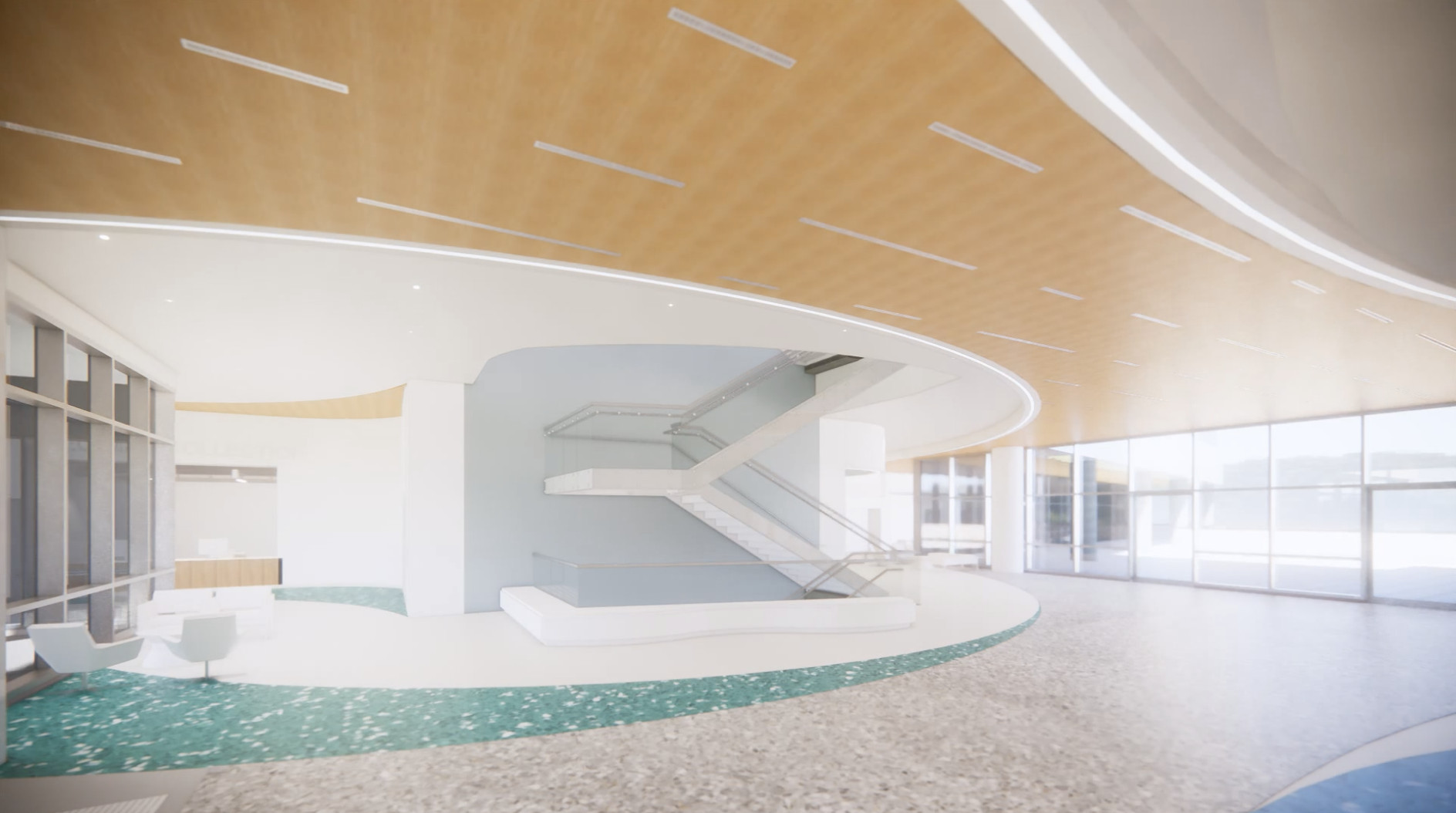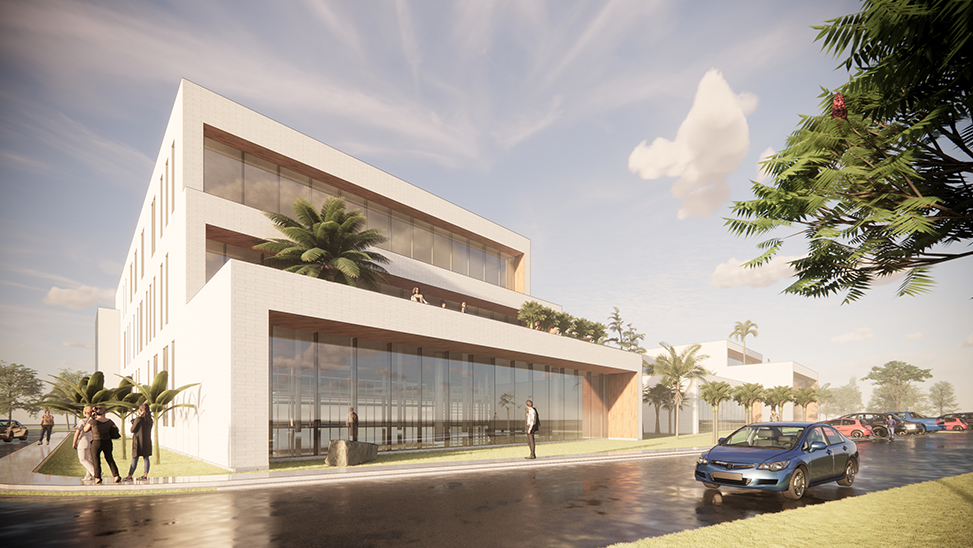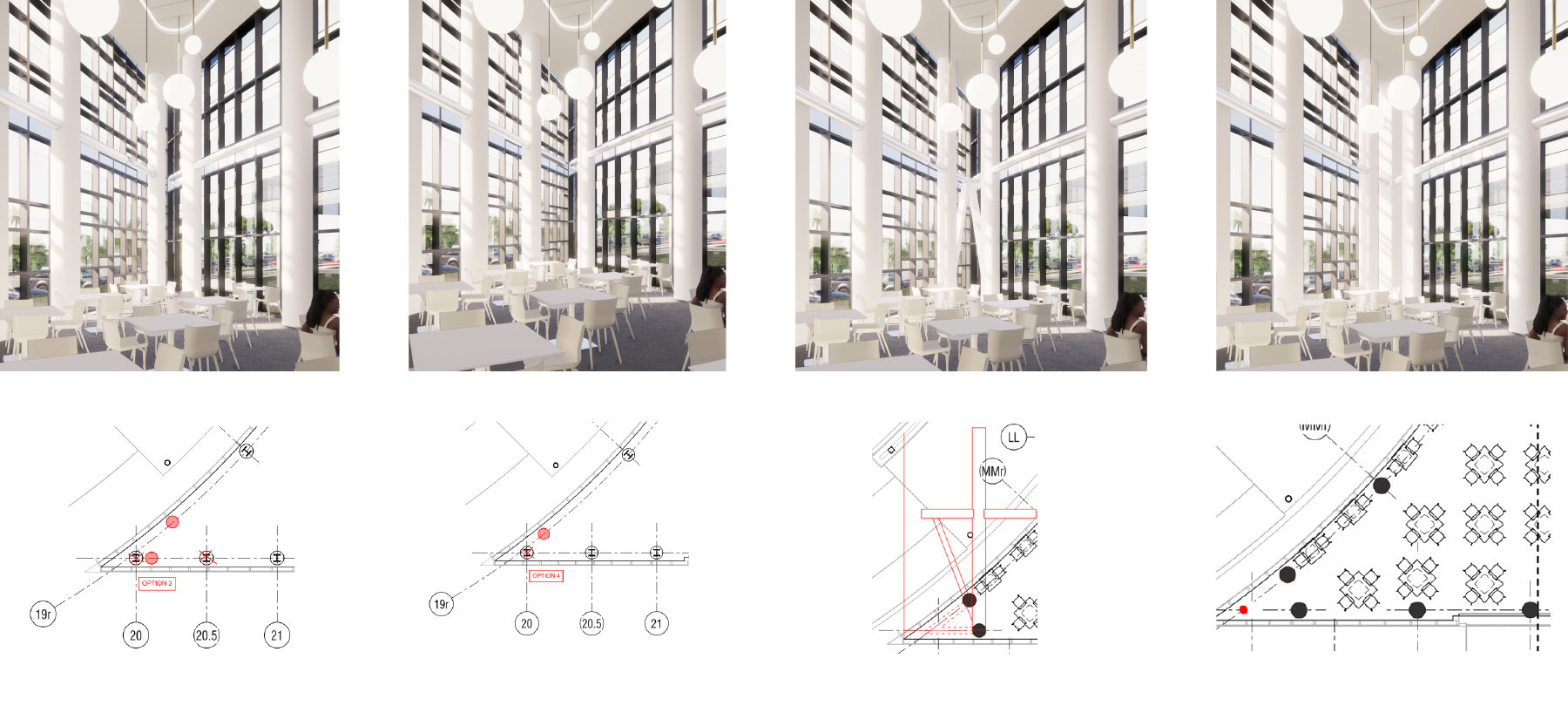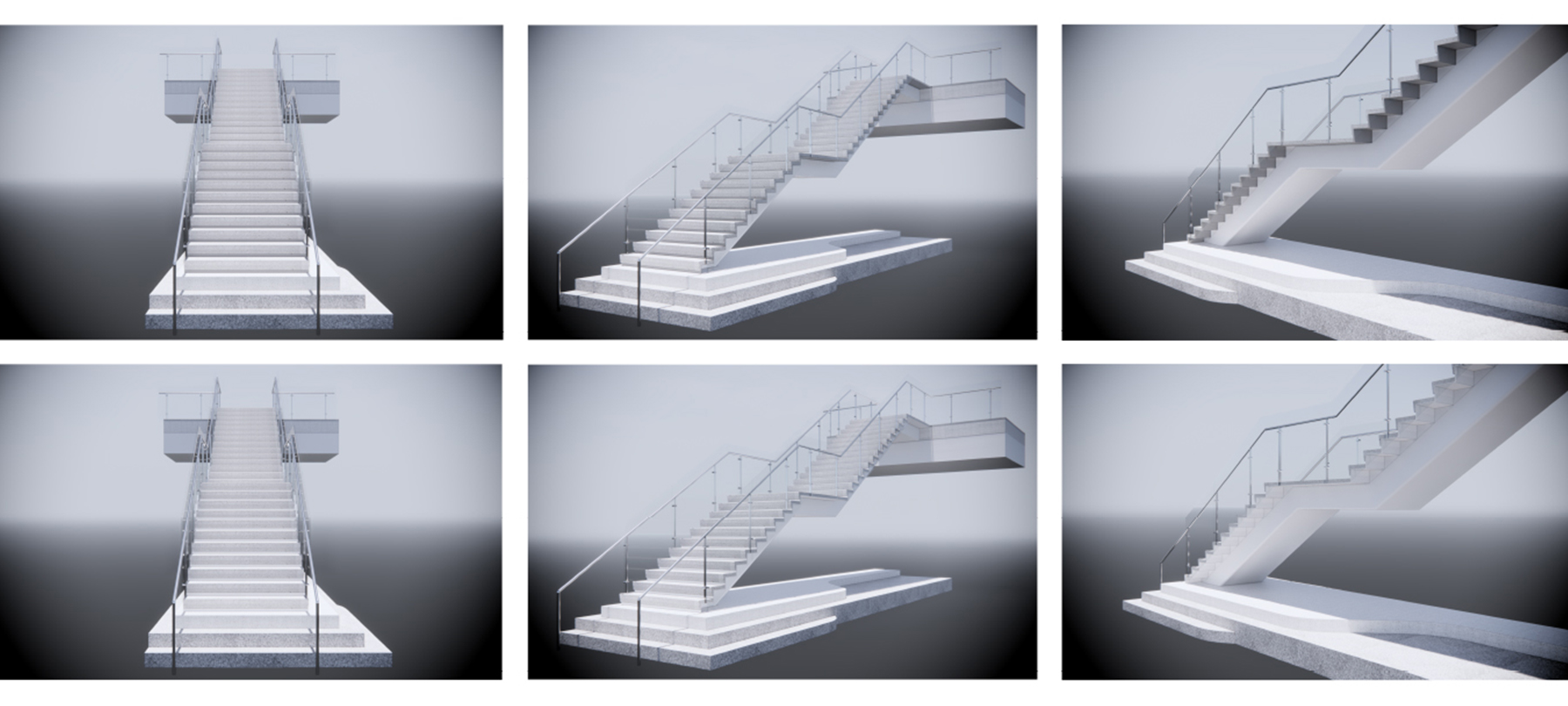
Lou Danziger, an American graphic designer and design educator said, "design is intelligence made visible." In the architecture realm, design is intelligence of form, proportion, adjacency, human movement, experience, and wellness. There are countless influences at play in the formation of a final design. As designers, we can visualize in our mind's eye what the variations of the form, function, and character of the space could create. However, we don't work alone – we need ways to express the intelligence of our thought process to our design teams. We believe that through constant communication and close collaboration, the energy and intellect of an entire team is greater than the sum of its parts. That is why Flad's designers employ a variety of tools to visually share the design story – not only with our clients but also with other team members – so we can see design decisions in a more meaningful and communicative way. We understand that by coalescing technology and people, we can offer an elevated level of thoughtful and valuable output to support decision-making.
Everyone comes to the design table with differing perspectives, biases, and styles. Visualizations can be powerful enough to bring a group to a shared understanding of what a specific design element may look and feel like in the space. By viewing the options in a quickly developed rendering, we have a better sense of how the outcome will look. Sometimes it is better to visualize the outcome in a semi-realistic way rather than simply in a white Revit model or a plan/section. One might argue that by visualizing the design process at this higher level, teams collaborate more efficiently. Working in this manner helps visualize the thought process and works through assumptions in a way the entire team can absorb and provide direct feedback.
Applying the Power of Visual Design
Lou Danziger, an American graphic designer and design educator said, "design is intelligence made visible." In the architecture realm, design is intelligence of form, proportion, adjacency, human movement, experience, and wellness. There are countless influences at play in the formation of a final design. As designers, we can visualize in our mind's eye what the variations of the form, function, and character of the space could create. However, we don't work alone – we need ways to express the intelligence of our thought process to our design teams. We believe that through constant communication and close collaboration, the energy and intellect of an entire team is greater than the sum of its parts. That is why Flad's designers employ a variety of tools to visually share the design story – not only with our clients but also with other team members – so we can see design decisions in a more meaningful and communicative way. We understand that by coalescing technology and people, we can offer an elevated level of thoughtful and valuable output to support decision-making.
Everyone comes to the design table with differing perspectives, biases, and styles. Visualizations can be powerful enough to bring a group to a shared understanding of what a specific design element may look and feel like in the space. By viewing the options in a quickly developed rendering, we have a better sense of how the outcome will look. Sometimes it is better to visualize the outcome in a semi-realistic way rather than simply in a white Revit model or a plan/section. One might argue that by visualizing the design process at this higher level, teams collaborate more efficiently. Working in this manner helps visualize the thought process and works through assumptions in a way the entire team can absorb and provide direct feedback.

In the images below, you will see an example of how we coalesce technology with our designers. A study as simple as column placement can have a dramatic effect on the feel of a multistory atrium. Through testing options not only in plan format but with a one-point perspective rendering, we visually take everyone into the space to better weigh the options.

In another example, we look at variations of a monumental stair. Although one designer working on the details may find it quite clear in their mind's eye what the minutia does to the overall form, others who can provide iterative feedback would benefit from viewing the details on the screen precisely how the designer sees it in his/her head. It is true, a mere hand sketch could provide further understanding for a conversation, but investment of the minimal effort required to produce a clear visual can quickly reduce the time needed to catch up a fellow designer.

In addition to the other benefits of implementing visualization into Flad's practice, the introduction of animating design options brings a whole new perspective into conversations between design teams and clients. Based on the site's location, shadow and sun simulations can explore what the building's interior may feel like at certain times of day across the seasons. As primarily a visualization tool, we stay high level with this analysis, finding meaning in simulating the daylighting conditions within the space. For many of our clients, we examine how daylighting contributes to or hampers the human experience. Finding the balance between energy efficiency measures gained and human experience factors hindered is important to producing the best outcome.
If design is intelligence made visible, then visualizations are windows to the thought process. The marriage of technology and the human mind for the intent of collaborative communication is the backbone of a well-functioning design team. Using intuitive, integrated design tools allow us to come to an inclusive place of shared understanding more quickly. Building on the foundations of the hand sketch, renderings and animations empower us to explore the design together. At Flad, we look forward to future evolutions of the design process because we believe there is always room for further exploration.